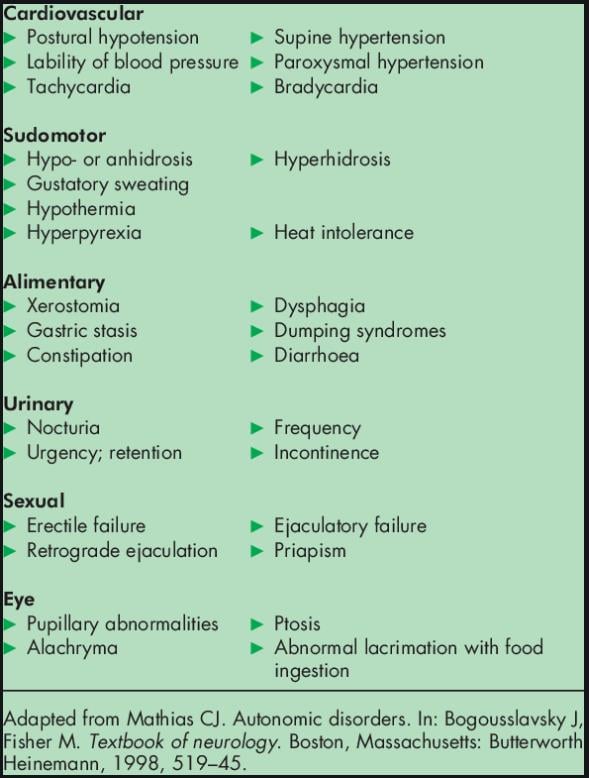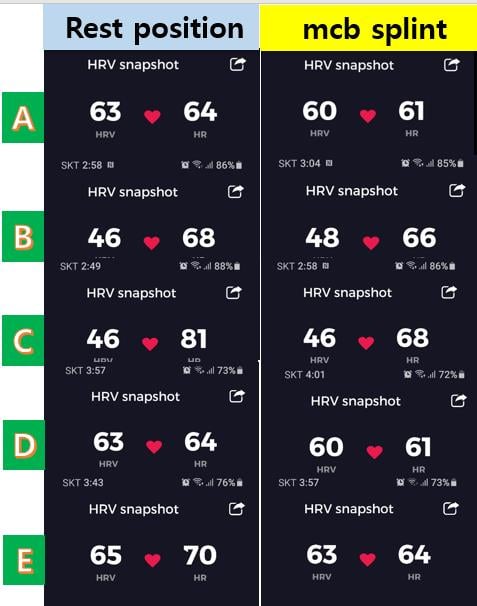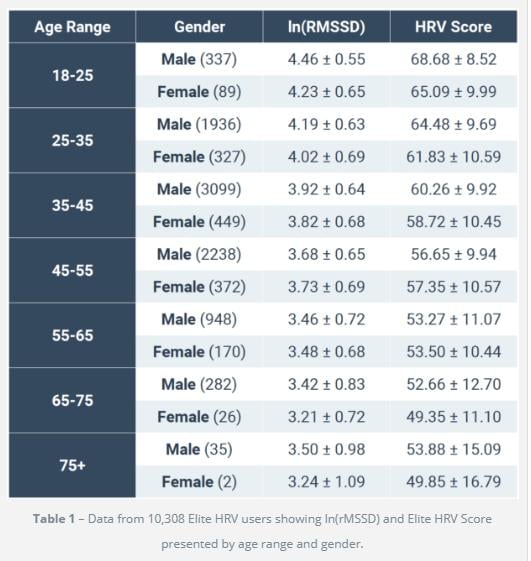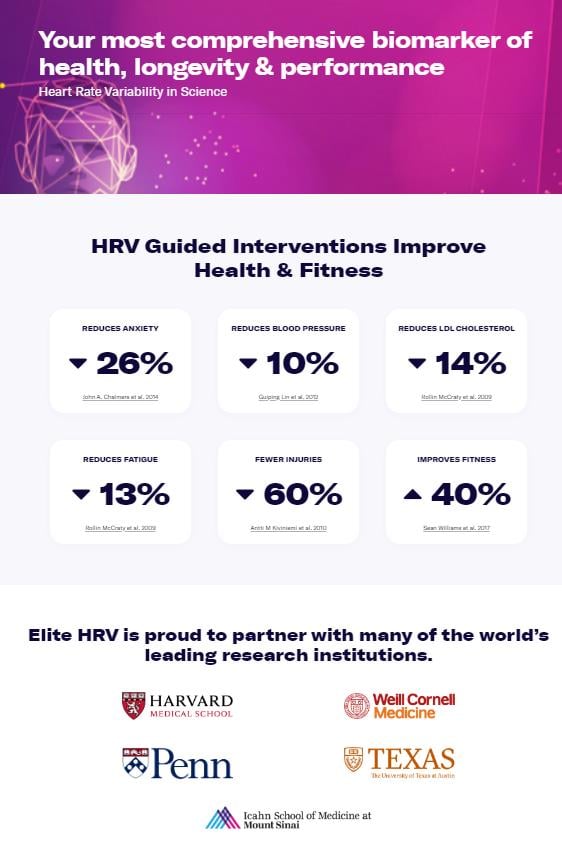
Do you think that the position changed after several months of splint treatment correctly aligns the distortion of the skull and the whole body?
10월 3, 2022
Thank you Dr. Gerald H. Smith. My respected Master.
10월 3, 2022How is autonomic dysfunction treated?
The osteopathic community has long hypothesized that the autonomic nervous system (ANS) represents one of the putative substrates through which osteopathic manipulative treatment (OMT) can improve body functions that have been altered by musculoskeletal alterations. Heart rate variability (HRV) is an important physiological measure of cardiac ANS activity. Emerging evidence suggests that OMT is associated with HRV changes that (i) are indicative of a larger cardiac vagal modulation, (ii) are independent from the part of the body needing treatment, (iii) occur even in the absence of musculoskeletal alterations. Yet, many questions remain unanswered, the duration of these effects and the specificity of HRV responses to different OMT techniques being perhaps the most critical.
What is autonomic dysfunction?
Autonomic dysfunction develops when the nerves of the ANS are damaged. This condition is called autonomic neuropathy or dysautonomia. Autonomic dysfunction can range from mild to life-threatening. It can affect part of the ANS or the entire ANS. Sometimes the conditions that cause problems are temporary and reversible. Others are chronic, or long-term, and may continue to worsen over time.
HRV = ANS & Stress
How is autonomic dysfunction treated?
*TMJ splint((mcb splint(When the mcb splint is installed, the HRV changes immediately))
*elevating the head of your bed
*drinking enough fluids
*adding salt to your diet
*wearing compression stockings to prevent blood pooling in your legs
*changing positions slowly
*taking medications like midodrine
Nerve damage is difficult to cure. Physical therapy, walking aids, feeding tubes, and other methods may be necessary to help treat more severe nerve involvement.



